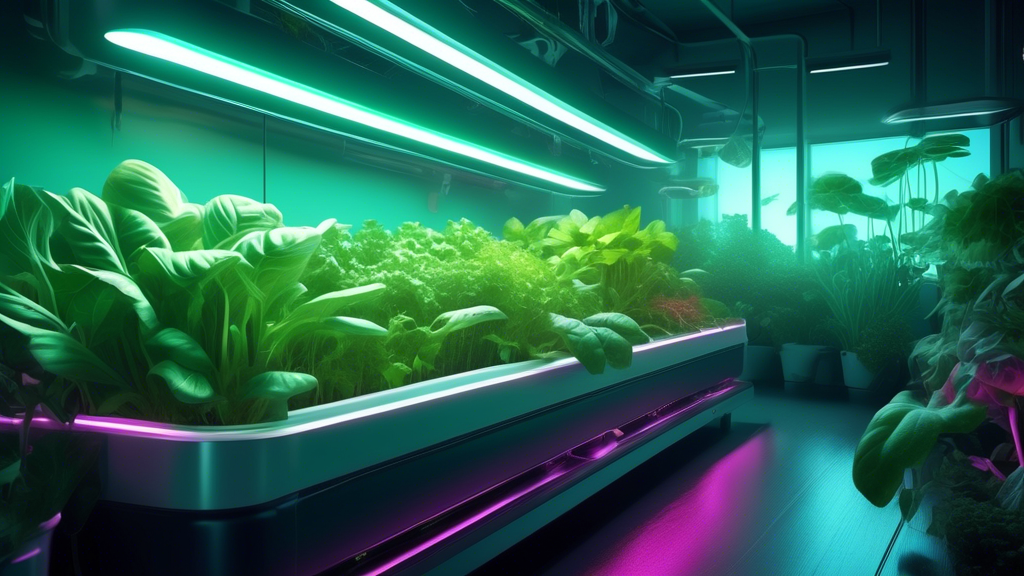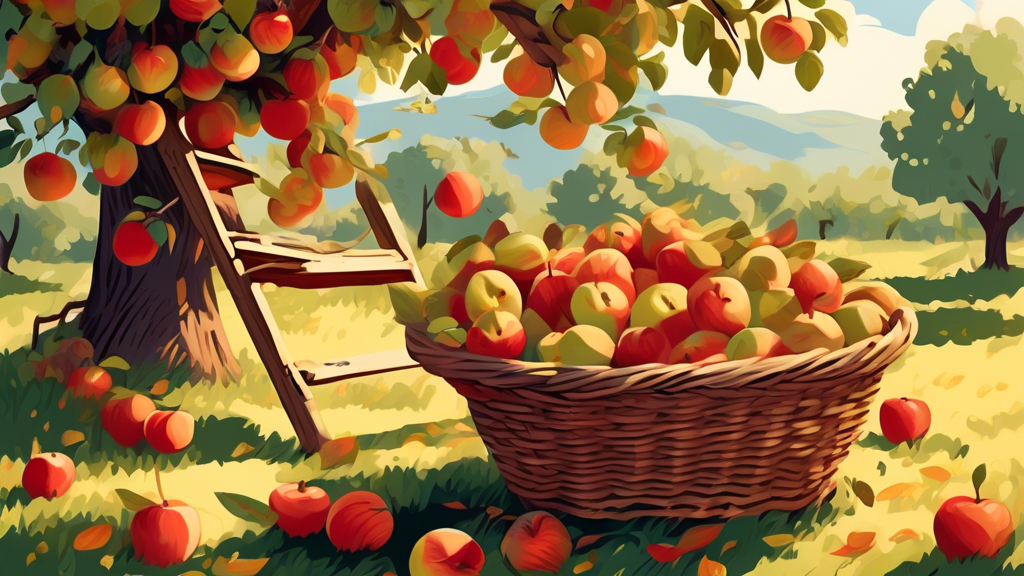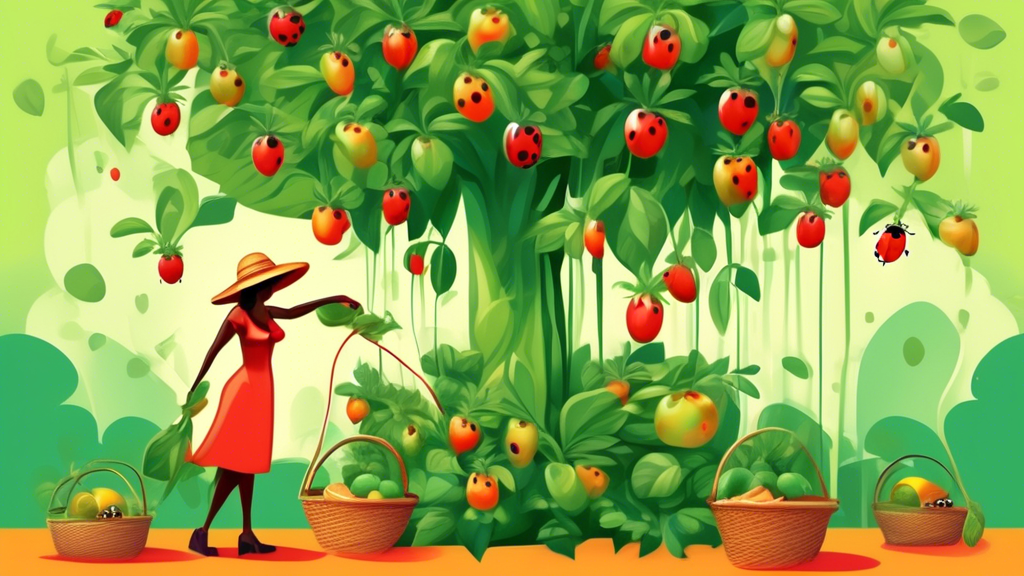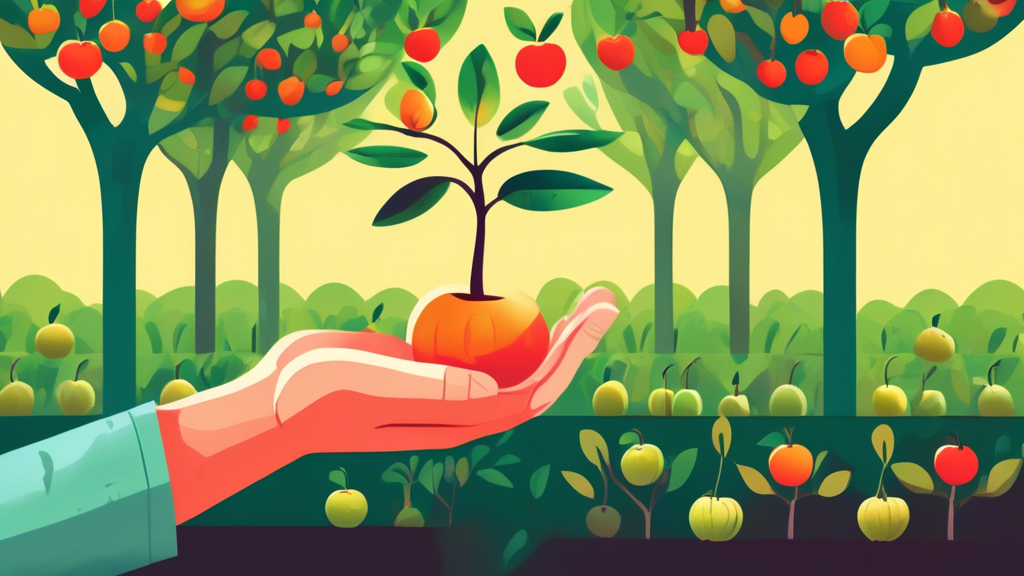
Why Choosing the Right Plant is Crucial for Hydroponic Success
Common Challenges for New Hydroponic Gardeners
Many beginners face issues like slow growth, plants outgrowing their systems, high maintenance for sensitive species, and rapid spread of pests or diseases in the closed water environment.
The Hallmarks of a Great Hydroponic Plant
Ideal candidates have fast growth cycles, compact sizes, high water content, and low nutrient demands, making them perfect for hydroponic setups.
Top-Tier Hydroponic Plants for Beginners & Experts
The Leafy Green Powerhouses (Fast & Forgiving)
Lettuce, spinach, kale, and Swiss chard excel due to shallow roots and quick harvest times.
Flavorful Herbs (Concentrated Aromas)
Basil, mint, cilantro, and parsley thrive in consistent moisture, with hydroponics often enhancing their essential oils and flavors.
Fruitful & Productive Vining Crops
Tomatoes, cucumbers, peppers, and strawberries yield abundantly but need space and support like trellising.
Hydroponic Plant Showdown: Comparing Your Options
Fastest Growers vs. Highest Yielders
| Category | Examples | Key Features |
|---|---|---|
| Fastest Growers | Lettuce, Spinach, Radishes | Ready in 3-4 weeks |
| Highest Yielders | Tomatoes, Cucumbers, Peppers | Produce fruit over long seasons |
Easiest for Beginners vs. Rewarding Challenges
| Level | Examples | Notes |
|---|---|---|
| Beginner-Friendly | Lettuce, Basil, Mint | Tolerant of minor fluctuations |
| Advanced Challenge | Eggplant, Melons | Require precise nutrient control |
Plants to Think Twice About in Hydroponics
The Heavy Feeders & Space Hogs
Avoid corn, potatoes, and large squash due to their size and growth requirements.
The Unique Hydroponic Challenge: Trees & Root Vegetables
Large root vegetables and trees are impractical, but baby varieties like fingerling carrots can thrive with deep enough media.
Frequently Asked Questions (FAQs)
Can I grow root vegetables like carrots or potatoes hydroponically?
Full-sized versions are tough, but baby carrots or beets work well in deep-water systems.
What is the absolute easiest plant for a first-time hydroponic gardener?
Lettuce, especially Butterhead or Romaine, is forgiving and fast-growing.
Do hydroponically grown plants taste different?
Yes, herbs may have stronger flavors, and fruiting plants can be sweeter due to controlled nutrients.
How do I know which nutrients to use for different plants?
Leafy greens need higher nitrogen, while fruiting plants require more phosphorus and potassium; use “Grow” and “Bloom” formulas accordingly.






